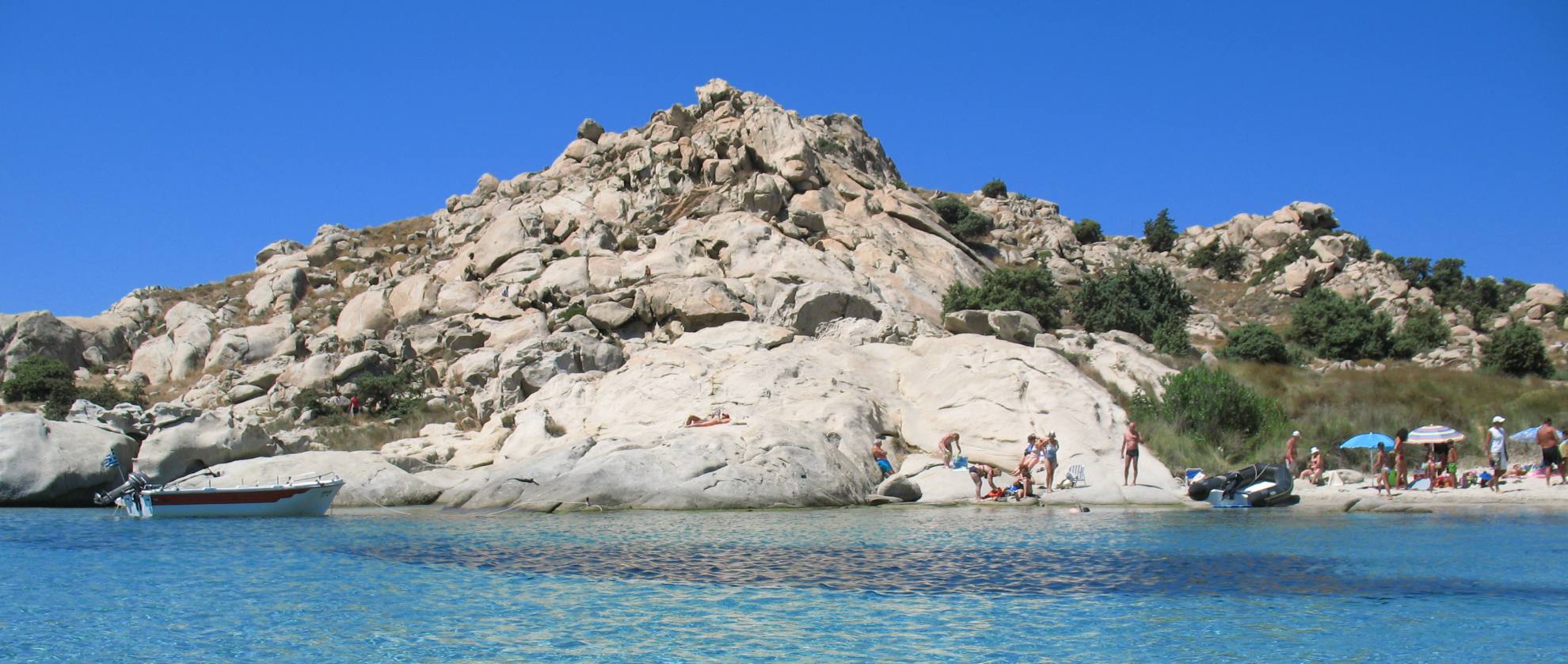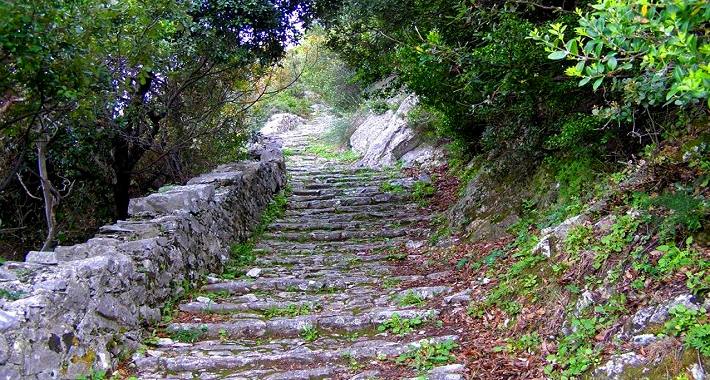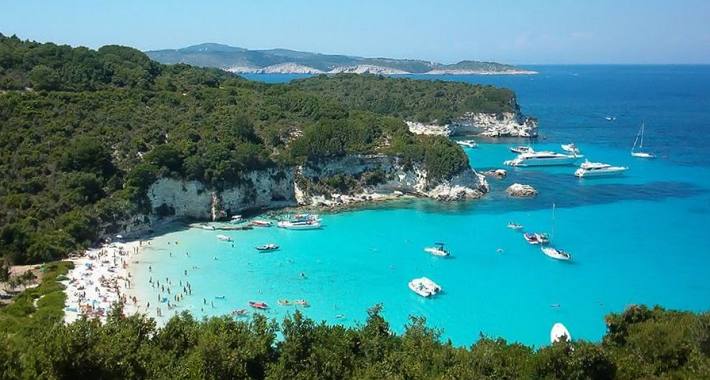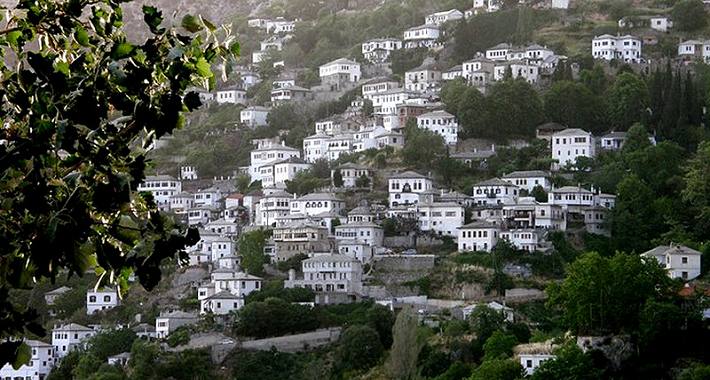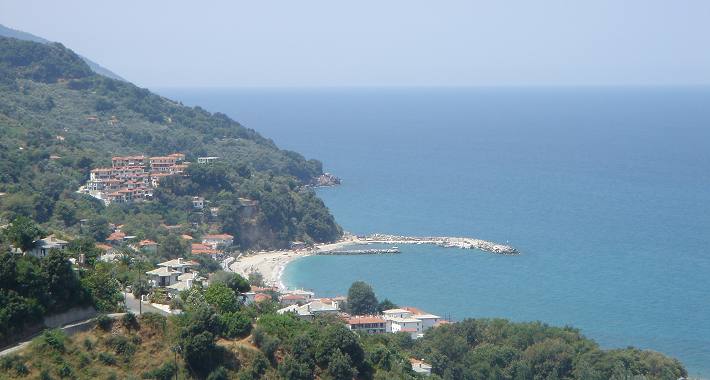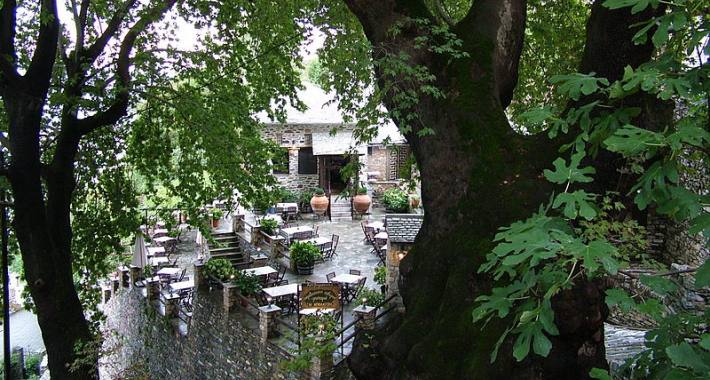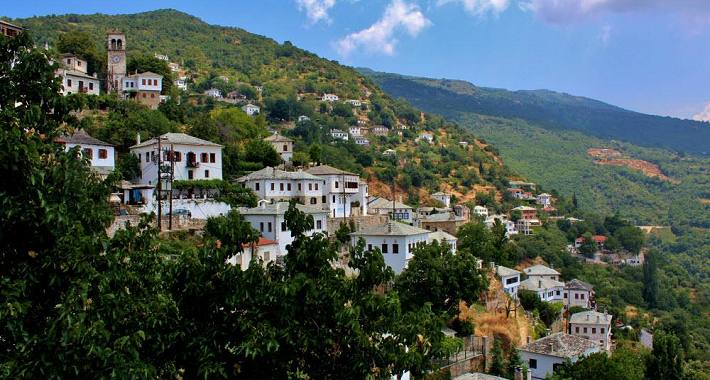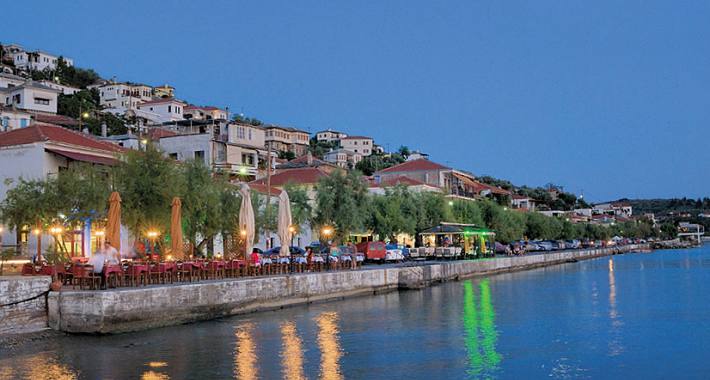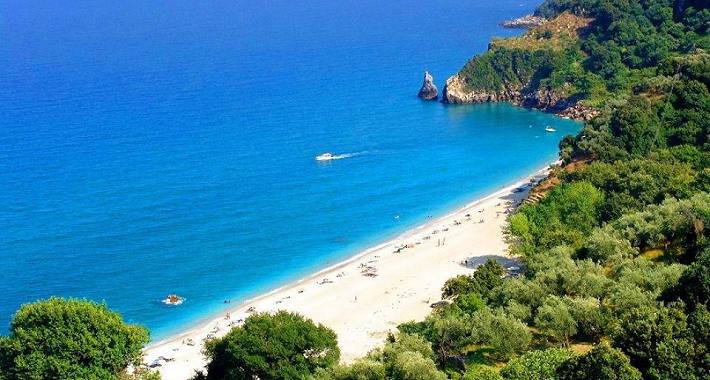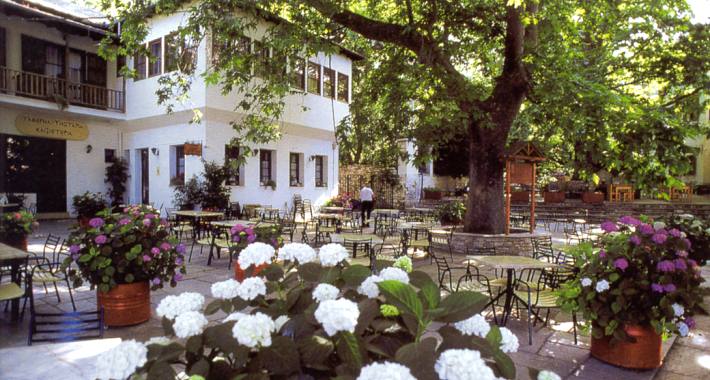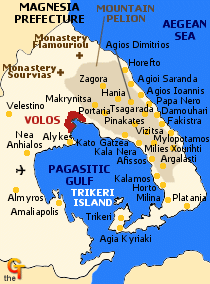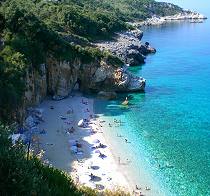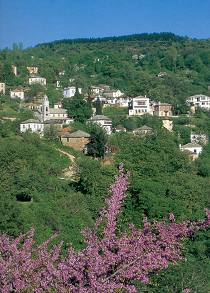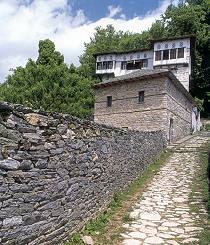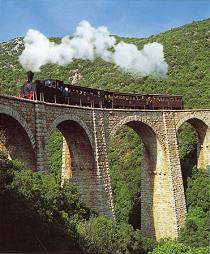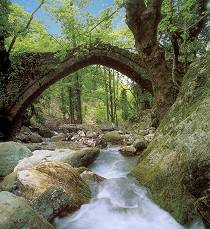Magnesia » History
More about Pelion & Magnesia
Magnesia PrefectureHotels
Touring Pelion
Volos - The Capital
History
Snow ski centre
The steam train
Pelion Seaside villages
Agios Ioannis
Afissos
Damouhari
Horefto
Horto
Kala Nera
Kalamos
Kato Gatzea
Milina
Mylopotamos
Papa Nero
Platanias
Trikeri Island
Pelion Mountain Villages
Agios Dimitrios
Argalasti
Kissos
Makrynitsa
Milies
Hania
Pinakates & Visitsa
Portaria
Tsagarada
Xourihti
Zagora
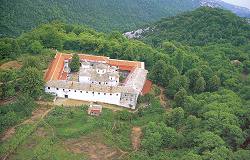
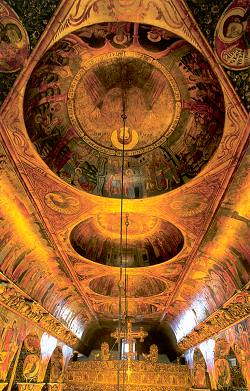
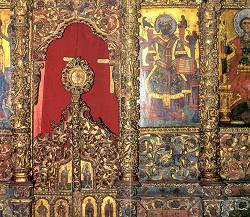
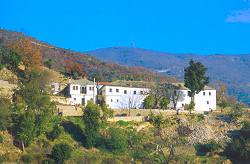
Magnesia was among the first areas in Greece to be inhabited. Archaeologists have brought to light mesolithic finds from the Sarakinos cave, neolithic settlements such as Dimini and Sesklo, as well as for- gotten Mycenaean cities that played an important role during the Bronze Age. All these discoveries prove that distinguished cities were found in the district around pre- sent day Volos and that they reached their peak during the Mycenaean era.
Among them there was the legendary Iolkos, capital of Mycenaean Thessaly and site of today's Volos. It was from here that the Argo set off with Jason and the Argonauts for the distant shores of the Black Sea in quest of the Golden Fleece. One result of this campaign was to strengthen the maritime empire of that region's bold inhabitands, the Minyans; the other was to broaden the naval horizons of the period.
Homer also mentions the participation of Iolkos in the Trojan War, along with the other Magnesian cities, among which is listed Phthia, the birthplace of Achilles. After the Mycenean era, the cities of Magnesia began to decline and by the 4th century BC, the province was just an insignificant province of Macedonia. During the course of Greek history, however, certain cities linked by a common characteristic -their proximity to the Pagasitic gulf- restored a measure of its gold glory to the region. For example, one can cite Pagases, which flourished particularly during the 5th century BC; Dimitrias, founded in the 3rd century BC; Phthiotic Thebes, an important city during the early Christian era; and Almiros, a powerful commercial centre of the 12th century.
The Turkish occupation of Magnesia was unusual in that it did not extend into the eastern, inaccessible portion of Pelion; as a result, the coastal towns were abandoned in favour of the remote mountain villages there, which acquired a special cultural and economic lustre, becoming at the same time a bastion for "the teachers and fighters of the Greek nation". In the revolution of 1821 for which those people helped prepare, the flag of rebellion waved over Milies. In 1881 according to the Treaty of Berlin, Magnesia, along with Thessaly, was incorporated into the free Greek state to become one of the most vital areas in the country, combining natural beauty, economic, and cultural development.
Christianity in Magnesia
Written witnesses and remains of the 5th
century AD document the appearance of
Christianity in Magnesia. The minutes of the
3rd Ecumenical Conference are co-signed
by the bishop of Dimitriada Cleonikos.
Five basilicas have been revealed in Nea
Anhialos, showing that the area was
undergoing a spiritual growth at that era. The
visitor of the digging open area and the
Museum in Nea Anhialos can verify the
dynamic role of the Orthodox Church in that
age. Later on, the interference of spiritualism
in the daily and social life of the inhabitants
is obvious. Pelion is full of temples,
monasteries and small churches, many of
them are architectural masterpieces that
have rescued the respectability of the old
and younger generation and the traditional
style that is well known as "Pelioritica".
In the area of Pelion the visitor can find the monasteries of Saint Yerasimos in Makrinitsa. The Holy Archangels in Agios (Saint) Georgios Nilias, Osios Lavredios in the homonym village, Saint John the Baptist in Siki and Saint Spiridon in Promiri. The most famous is the Monastery in Flamouri (top picture on the right), built in the 16th century by Osios Simeon, the so-called "barefoot and mono-cloth" in a fabulous location above Veneto.
In the Almiros area and on the mountain of Othris two other monasteries were built, one inhabited by monks in Ano Pagania (Virgin Mary) Xenia and one buy nuns in Kato Panagia Xenia, historical monuments of the area from the 12th century, full of wall paintings, treasuries and library. In Kato Panagia Xenia monastery, the icon of Virgin Mary, mostly honorable by all the people of the area, is kept. All the monasteries are of archeological, historical and artistic interest, they are accessible (the one in Flamouri only by men) and information is offered by the Holy Bishopric of Dimitriada at +30 24210 47501 and +30 24210 47593 phone numbers.
Every village, every valley, every slope in Pelion is crowned by its church. Beautiful basilicas with narthices, rich inside deco- ration, with unique temples gather the faithfull and the beauty hunters. In Zagora, every church is an artistic monument, with wood caved temples, with portable meta-byzantine icons, with valuable holy articles. In Kissos the temple of Santa Marina (second and third picture on the right) is unique. In Milies the Holy Archangels church in the village centre possesses a valuable temple and 18th century icons, that have been restored lately. Famous temples can be found also in the Holy Cross church of Anemoutsa in Agria, in St. Demetrios church in Saint Lavredios village, in the Holy Archangels church in Tsagarada, in the Holy Trinity in Mouressi, in Saint Demetrios church in Makrinitsa, to Episkopi and to the Holy Trinity church in Ano Volos is worthy for somebody to remain ecstatic in front of the magnificent Byzantine sculptures of the ancient monastery of Acute Visitation, as well as to Santa Marina in Kissos and to Saint Demetrios in Neohori to enjoy the Pagonis wall paintings. Additionally one can visit the Virgin Mary chapel in Portaria, built in 1273.
All these sites provide opportunities for spiritual and psychical uplift, at the same time self-isolation and meditation, wonderful views and calmness.
More about Magnesia & Pelion
Pelion Seaside villages » Agios Ioannis • Afissos • Damouhari • Horefto • Horto • Kala Nera • Kalamos • Kato Gatzea • Milina • Mylopotamos • Papa Nero • Platanias • Trikeri Island
Pelion Mountain Villages » Agios Dimitrios • Argalasti • Kissos • Makrynitsa • Milies • Hania • Pinakates & Visitsa • Portaria • Tsagarada • Xourihti • Zagora
